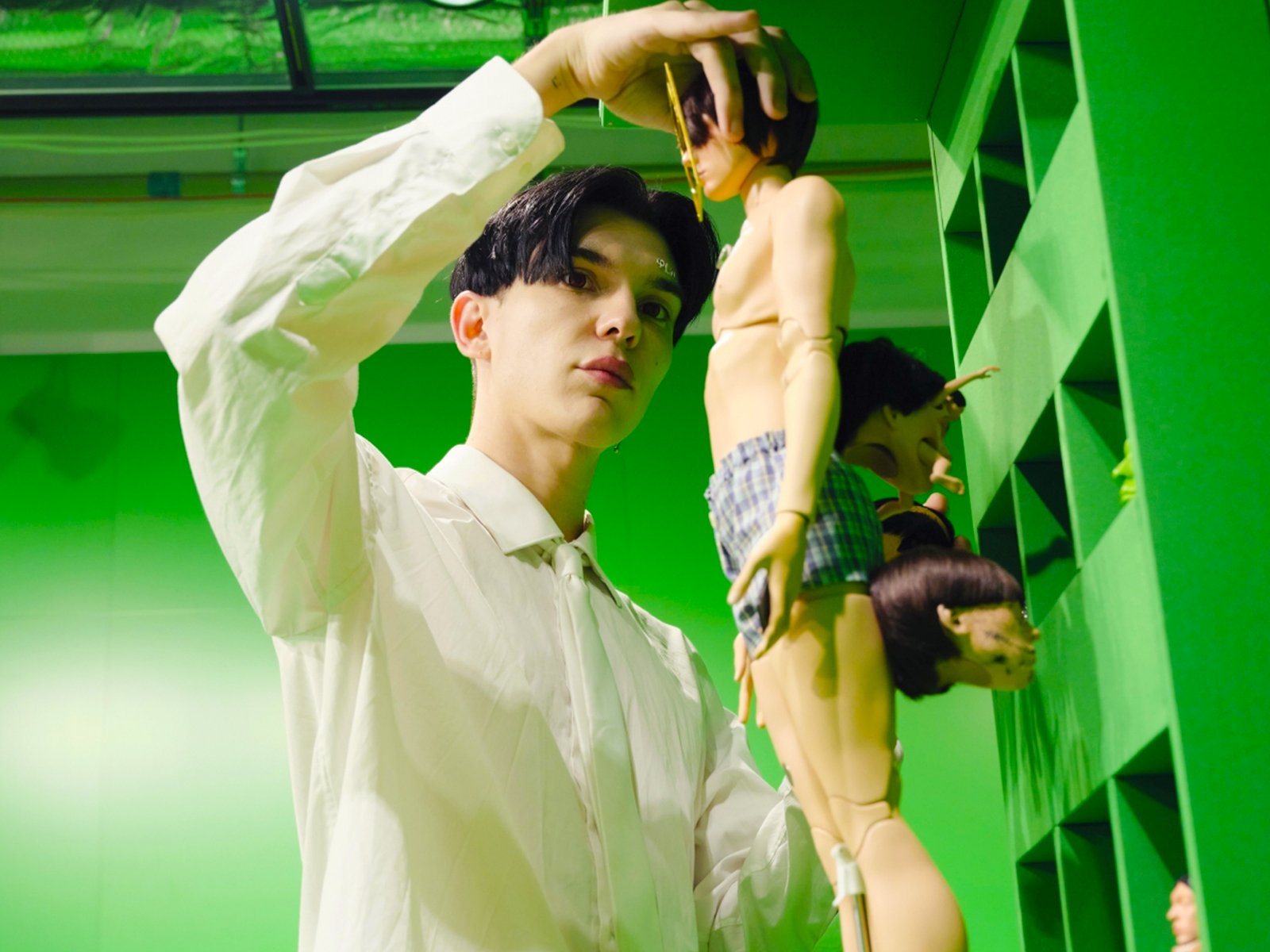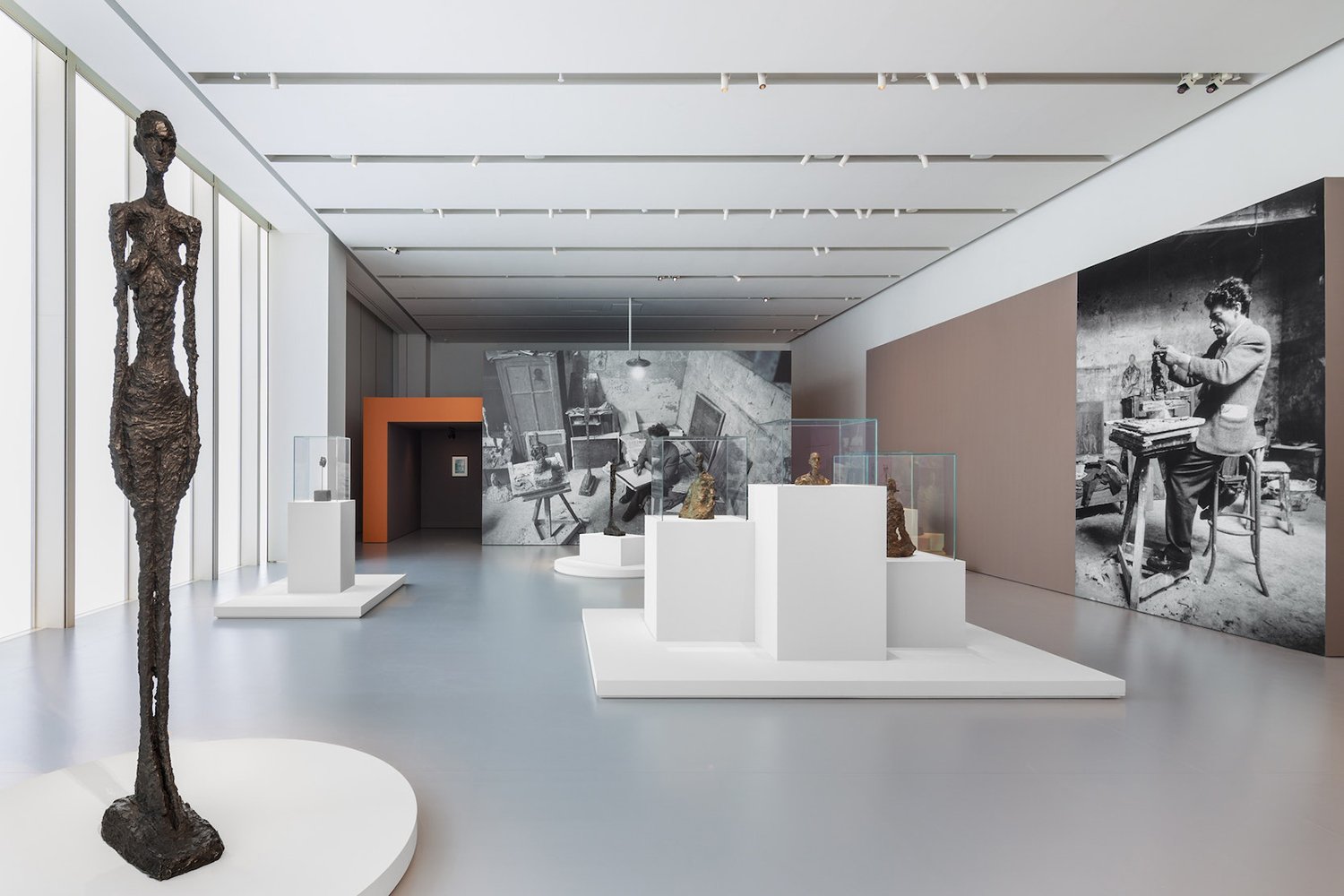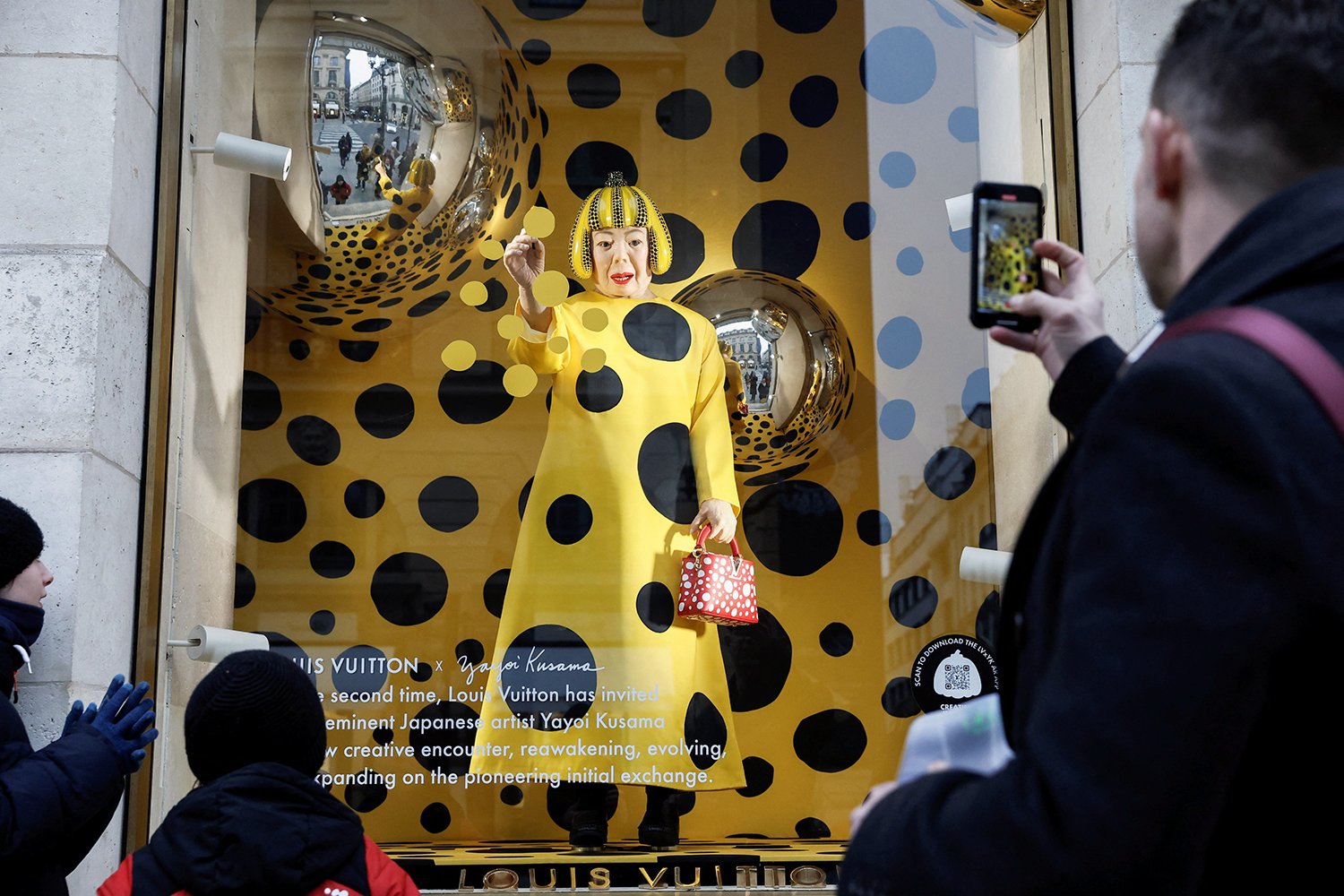Exhibition Review: Filip Ćustić’s Human Product

Croatian-Spanish artist Filip Ćustić examines human bodies and identities in the digital age.
Cover photo: In a special performance, Ćustić plays with Human Product, at Parco Shibuya, Shibuya City, Tokyo, Japan (2023). Photo by Daisuke Takamura (高村 大輔) and via Shibuya Parco (color-corrected).
★★★★☆
4/5 Stars
Intro
Madrid-based, Croatian-Spanish artist Filip Ćustić recently unveiled his latest body of work at Shibuya Parco in Tokyo, his first solo exhibition in Japan, an appropriate setting for his examinations into transhumanism, self-image, and virtual obsession.
The multi-disciplinary artist creates experimental photography, sculpture, and video work. 30-year-old Ćustić has worked with fashion designer Palomo Spain, British luxury department store Selfridges, as well as musicians Rosalía and Lil Nas X.
According to a museum statement, “Since the start of his career, Filip Ćustić has explored the relationship between our body, our mind, and technology, and the way these three elements interact to shape our identity.”
In this latest show, Ćustić expands his themes to include capitalism, consumerism, the internet, and social media. It’s a wide scope, resulting in an ambitious — if unfocused — collection.
Process
Ćustić describes himself as a “virtual painter,” taking photographs of individual items and assembling them digitally in the computer program Photoshop, resulting in a glossy, hyperreal aesthetic. “Post and pre-production take the most time in my process,” he explains.
“I am self-taught and I think that’s a great way to learn because it helps you to create your own personal logic of working. And with the internet you can learn with no limits, literally,” says Ćustić. Combining experience in fashion, art, and advertising, his photo-collages sit on the edge of ethereal and bizarre.
Ćustić often contrasts techno-futurism with surrealism and classicism. I find his more visually-traditional works to be among his most captivating, timeless and sensual.
Estudio de guerrero derrotado (Study of a Defeated Warrior), features model Gonzalo Alonso as a figure reminiscent of the Christian Saint Sebastian. In the work, Alonso models for a group of identical artists, Ćustić himself. Here, Ćustić explicitly frames beauty as a quest of self-sacrifice, even torture, for public attention.
Body
“Human beings are egocentric: when we see a face, a body, we empathize. We see ourselves reflected,” observes Ćustić. He reveals, “I see everyone as a mirror, so I learn a lot from all my reflections.”
Ćustić challenges these interpersonal connections with — according to gallery materials — “uniformed, beautiful, and dehumanized individuals … [hidden] behind masks, filters, photoshop touch-ups and … silicone doubles.”
Social media has driven practices of makeup, plastic surgery, digital filters, and photo-retouching to new extremes in a desire to be pixel perfect for the 21st century. Concludes Ćustić, “We live in an age of dysmorphia.”
Ćustić experiments with body modification, face-mapping, and fashion accessories, attempting to blur the boundaries between biology and technology. “I like to play the role of being between a robot, or a sculpture, and a real human.”
The artist’s transhumanist creations explore the “uncanny valley” phenomenon, or the distance between the expectations and reality of appearance and motion in a human likeness.
Often used today in fields of film, animation, and gaming, Japanese robotics professor Masahiro Mori (森 政弘) coined the “uncanny valley” (不気味の谷) [bukimi no tani] to describe the abrupt shift in human response from empathy to revulsion as robots approach, but fail to replicate, a perfectly lifelike appearance.
“With technology, we’re generating new questions for the human mind and with that comes evolution,” Ćustić explains, concluding, “technology is a human invention and therefore, a reflection of ourselves.”
Consumerism
The main event of the exhibition was a special show by Ćustić himself, performed for both the in-person audience and his recording smartphone. In Human Product — inspired in part by Japan — Ćustić explores his own image as both an avatar and collectible.
In a space painted like a green screen, Ćustić unveiled a package with a doll made in his image. One by one, Ćustić removed a series of heads: one with glowing eyes, another covered in mirrors like a disco ball, one with extra arms and legs jutting out, another with a Fibonacci sequence frame, one resembling the face of a crash test dummy… He arranged the magnetic heads on the doll until satisfied, then returned the figure to its stand.
In the consumerist theater of unboxing videos, Ćustić literally played with himself, comparing the human body to product packaging, in a commentary on collectible culture, narcissism, and self-commodification.
“Consumerist culture turns us into commodities,” Ćustić argues. Baited by attention, dopamine, and a human desire to share, social media companies have transformed humans into users and content creators. “Our existence is more valid if it can be monetized,” he observes, adding, “under this self-imposed idea of being profitable.”
Why do we document every moment of our lives? For what purpose are we constantly collecting? Ultimately, Ćustić concludes, “we must look for moments of relaxation of our consciousness.”





